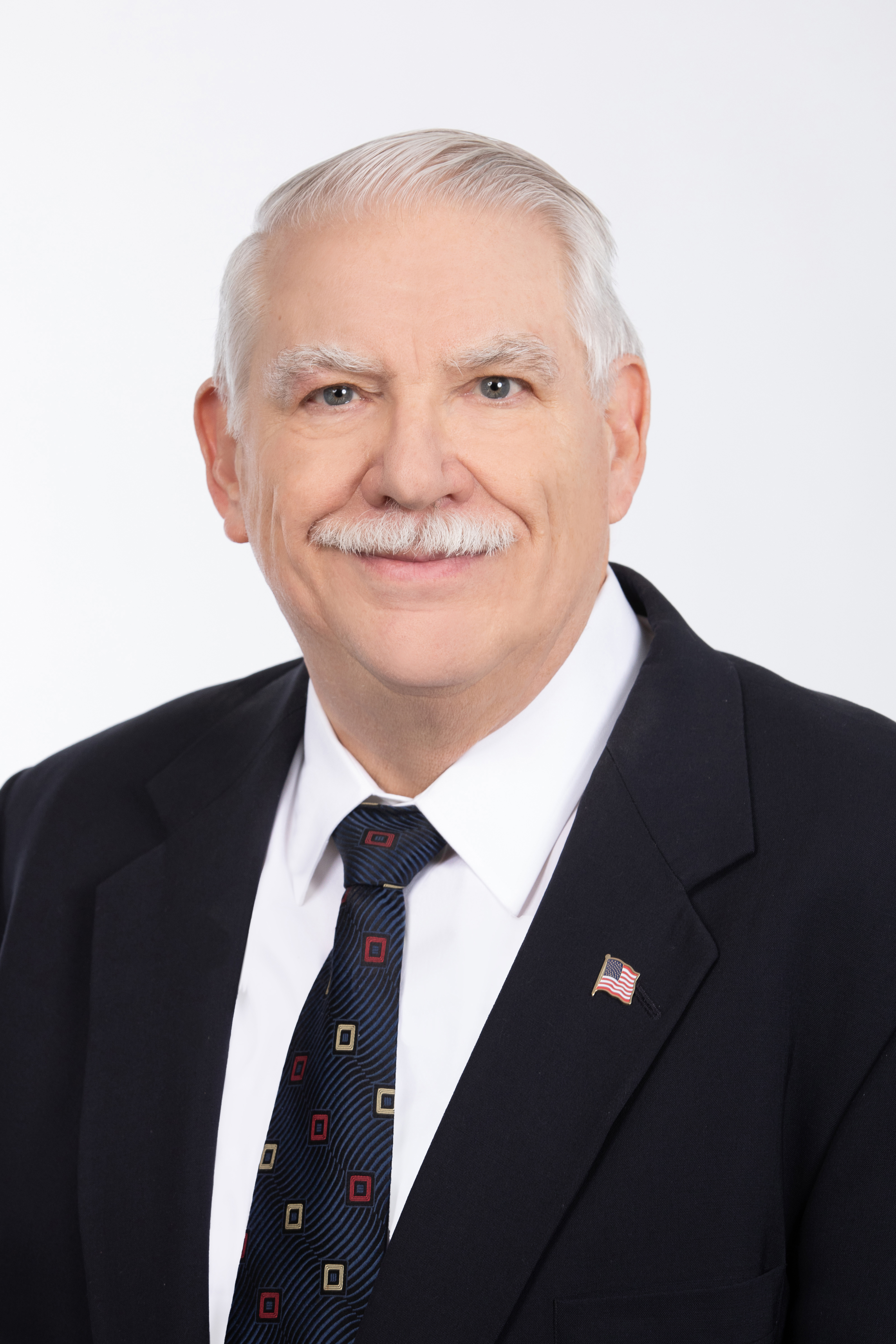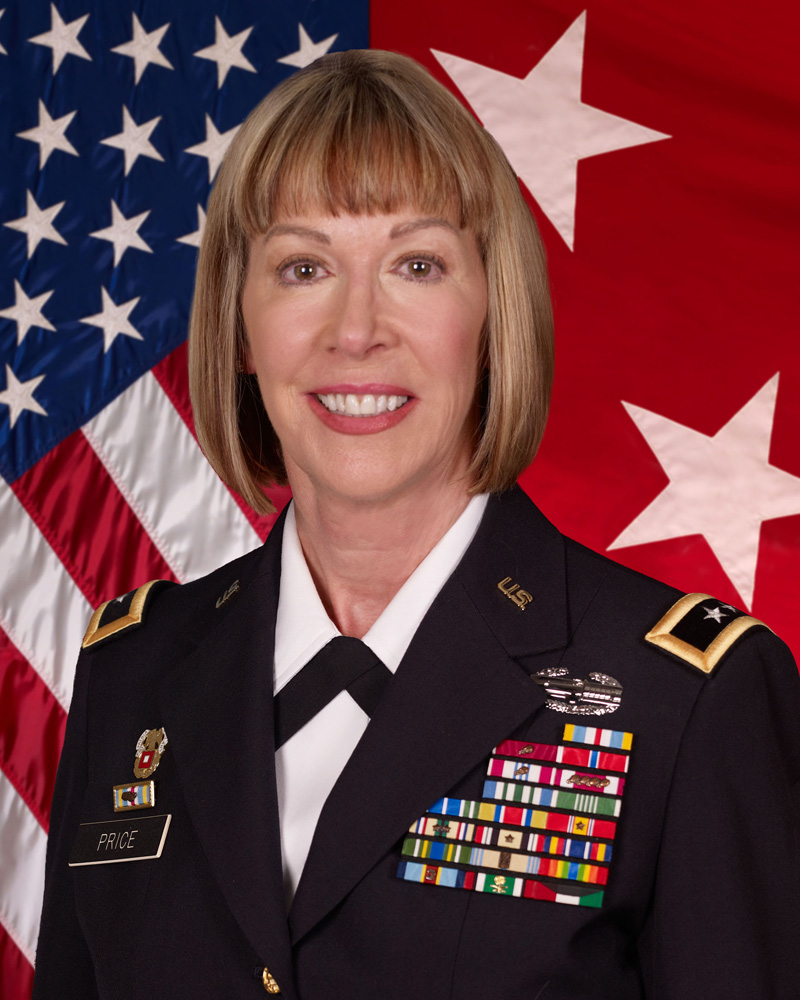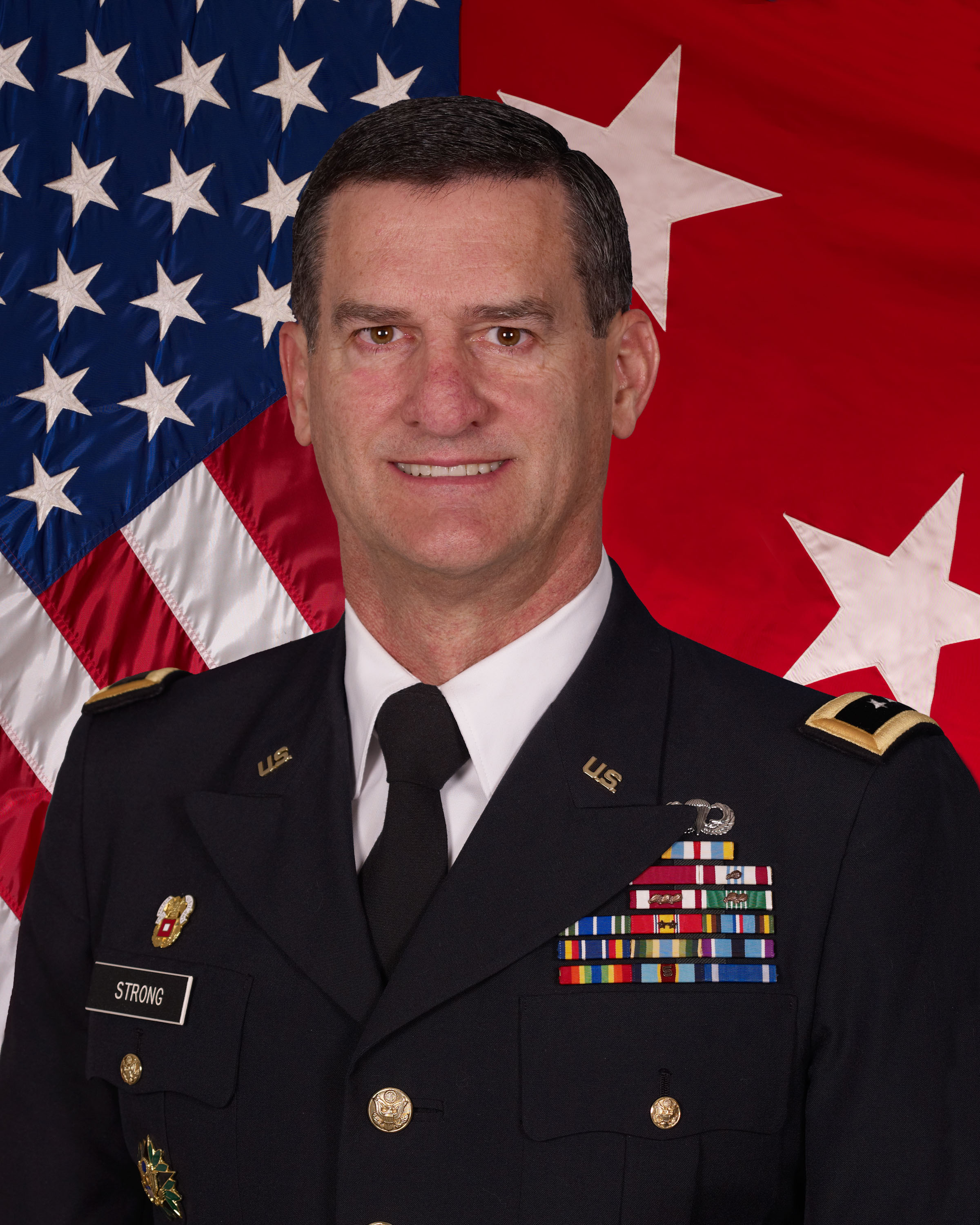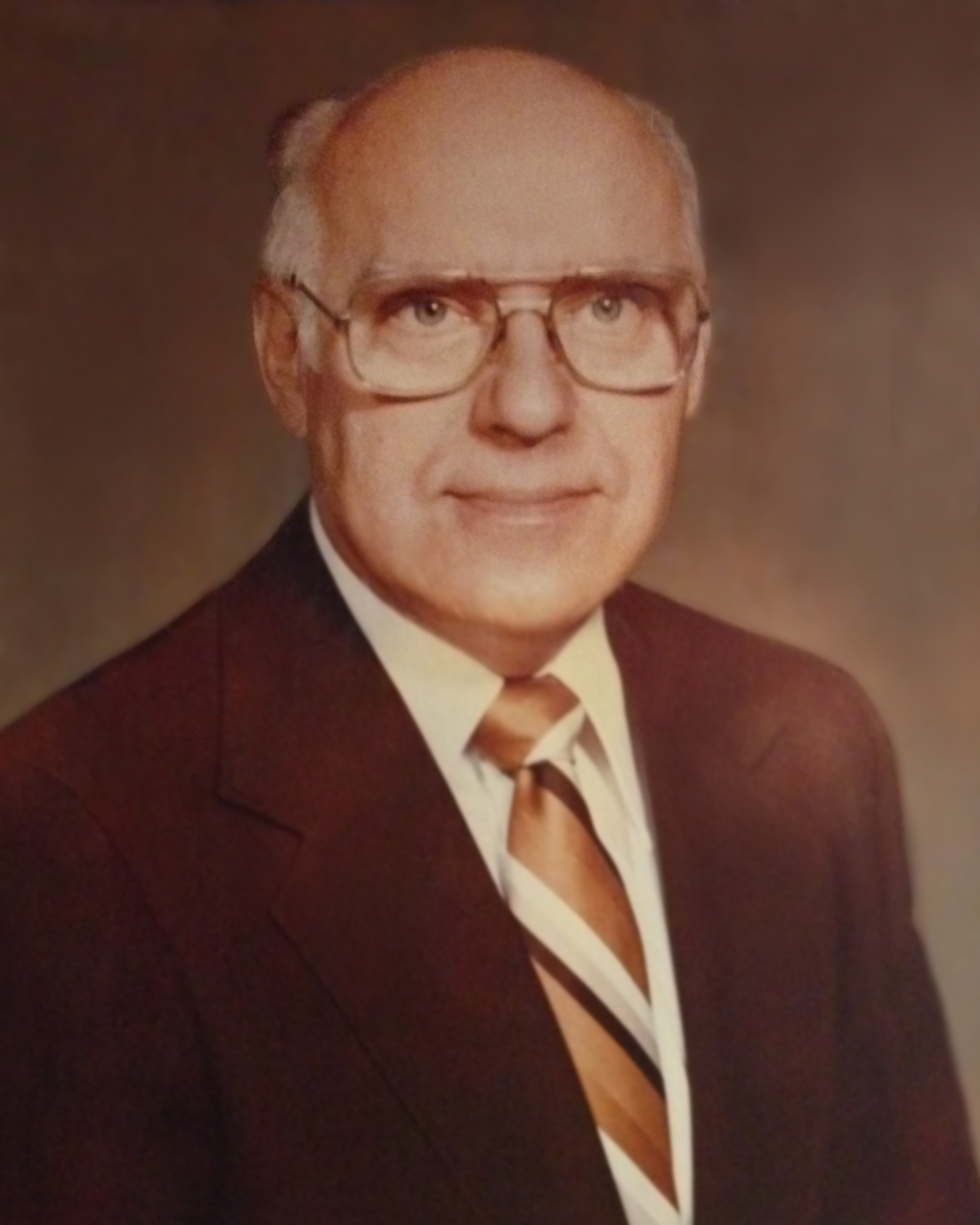Mr. Raymond A. Irwin

Mr. Raymond A. Irwin led the development of the Army's C-IED program, with the development of fuse jammers, known as SEPS and later Warlock Green and Warlock Red, to address the on-the-move problem of radio-controlled IEDs in Afghanistan and Iraq.
He also served as the project leader for the AN/ALQ-136/162 jammers and AN/ALQ-211 family of aircraft survivability equipment that saved 36 Apache helicopters and crew during OPERATION DESERT STORM.
Mr. Irwin received the Association of Old Crows (AOC) Technology Medal in 1987, the AOC International Medal in 2000, the Technology Excellence Award from the Chief Scientist of the Army in 2004, and the AOC Lifetime Achievement Award in 2017.
His vision, commitment, and unparalleled dedication in the fields of electronic warfare and platform and force protection live on today in the systems he helped conceive, develop, and produce.
Watch Video Interview


